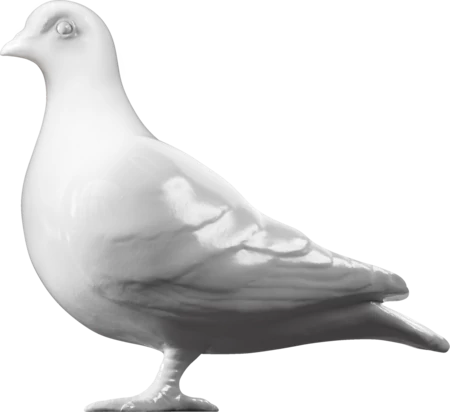Printed Ephemera — 1856
Life, Trial, Confession & Execution of William Bousfield
Execution broadside printed with an account of the crime, trial and execution of William Bousfield convicted of the murder of his wife and three children. The broadside includes woodcut engravings depicting the gallows and the crowd of spectactors and a portrait of the murderer. The crime is described in both text and verse and reports that the crowd viewing the execution at Newgate were 'composed for the most part as was anticipated of the filth and scum with which the population of this vast Metropolis is infected'. Bousfield was executed on 31st March 1856. However the day before his execution he tried to commit suicide by throwing himself in the fireplace in his condemned cell and had to be carried to the scaffold swathed in bandages. Despite his injuries Bousfield twice managed to avoid the hangman's drop by hauling his legs up to the side of the gallows. Eventually in front of the angry crowd the hangman Calcraft successfully pulled Bousfield's legs down into the drop. As he died bells rang out in London to signify the end of the Crimean War.
Until 1868 public hangings were a popular form of entertainment for the London crowd. Such occasions provided an opportunity for cheap printers and street vendors to 'turn a penny on the street' by selling accounts of the crimes, trial and 'dying speeches' of executed criminals as souvenirs to the baying spectactors. As soon as the trap fell the street vendors began running amongst the crowd selling the broadsides. Execution broadsides were published by a small number of printers many of whom, such as Thomas Birt, James Catnach and James Pitts were based around the Seven Dials area of London. Spelling and grammar was often poor and the details not always accurate. Although usually printed between the end of the trial and the date of the execution (usually a gap of a few weeks) they could often be quickly changed to accomodate last minute information such as reprieves and dying confessions. The printers often used battered woodcuts, and, for the gallows scene used a stock block with a pierced central section to allow the sex and required number of hanging figures to be changed as required. Female criminals were depicted by using a block for a male figure, cut square at the knee to represent a skirt.
- Category:
- Printed Ephemera
- Object ID:
- 2002.76/50p
- Object name:
- Life, Trial, Confession & Execution of William Bousfield
- Object type:
- Artist/Maker:
- —
- Related people:
- Related events:
- Related places:
- Production date:
- 1856
- Material:
paper
- Measurements/duration:
- H 505 mm, L 375 mm
- Part of:
- —
- On display:
- —
- Record quality:
- 100%
- Part of this object:
- —
- Owner Status & Credit:
Permanent collection
- Copyright holder:
digital image © London Museum
- Image credit:
- —
- Creative commons usage:
- —
- License this image:
To license this image for commercial use, please contact the London Museum Picture Library.
